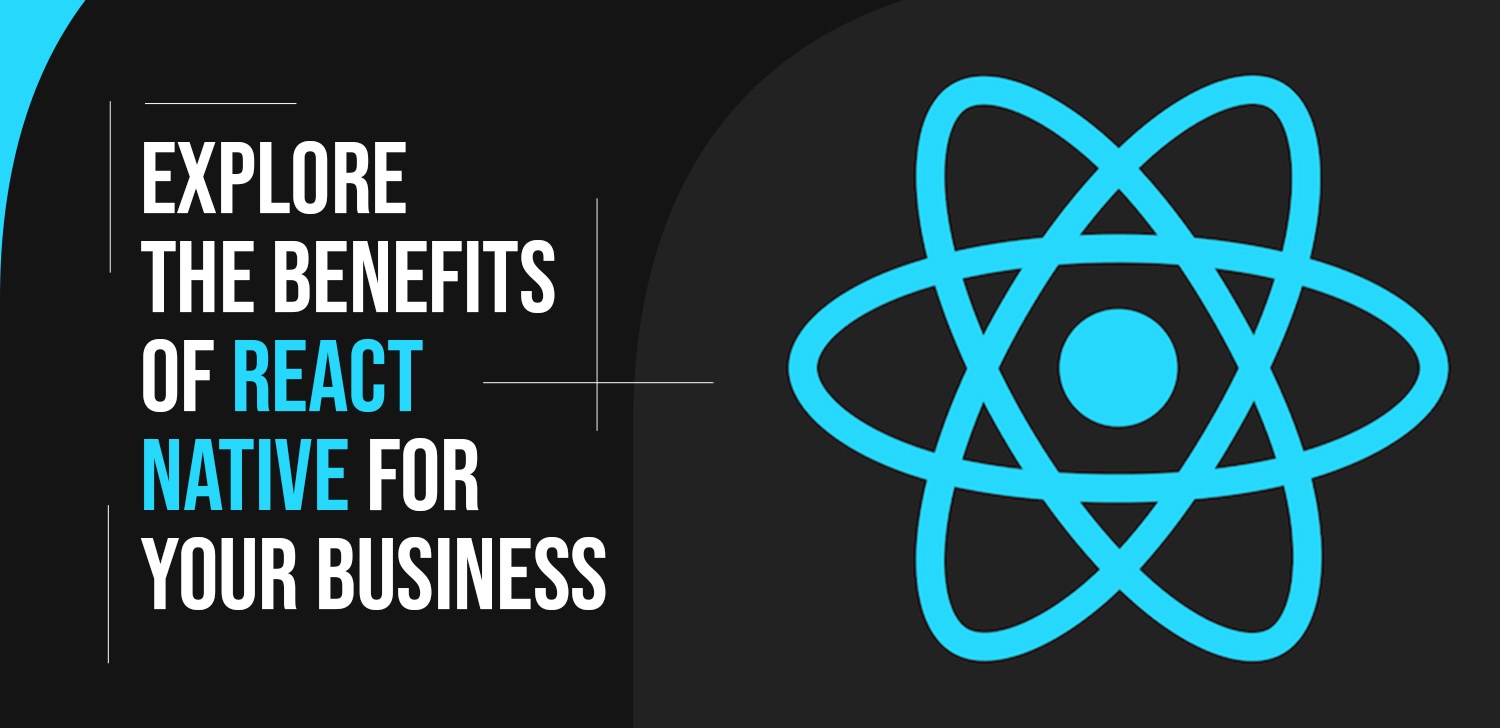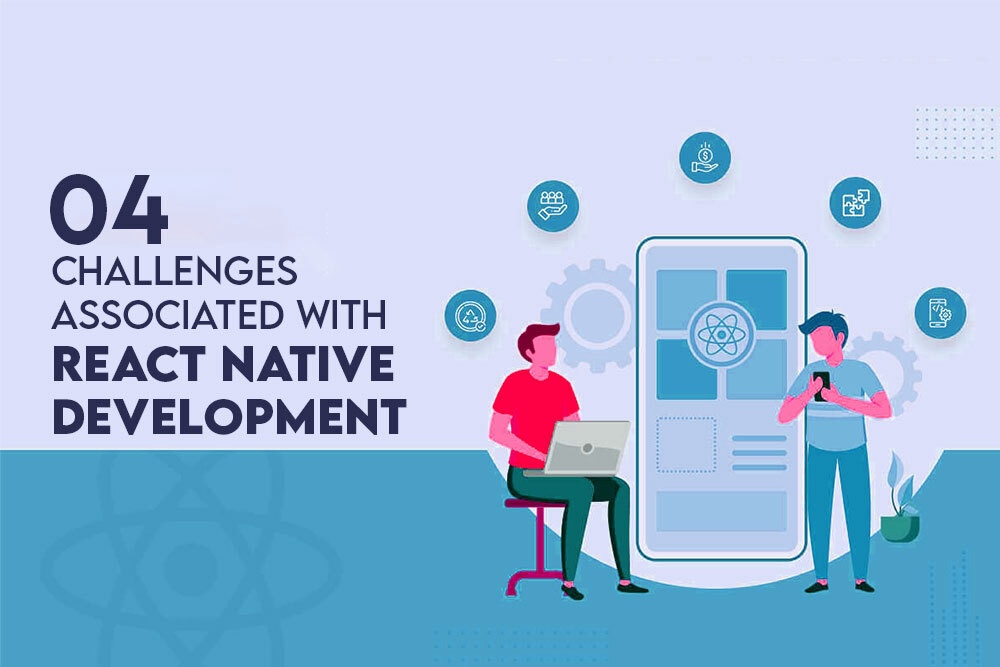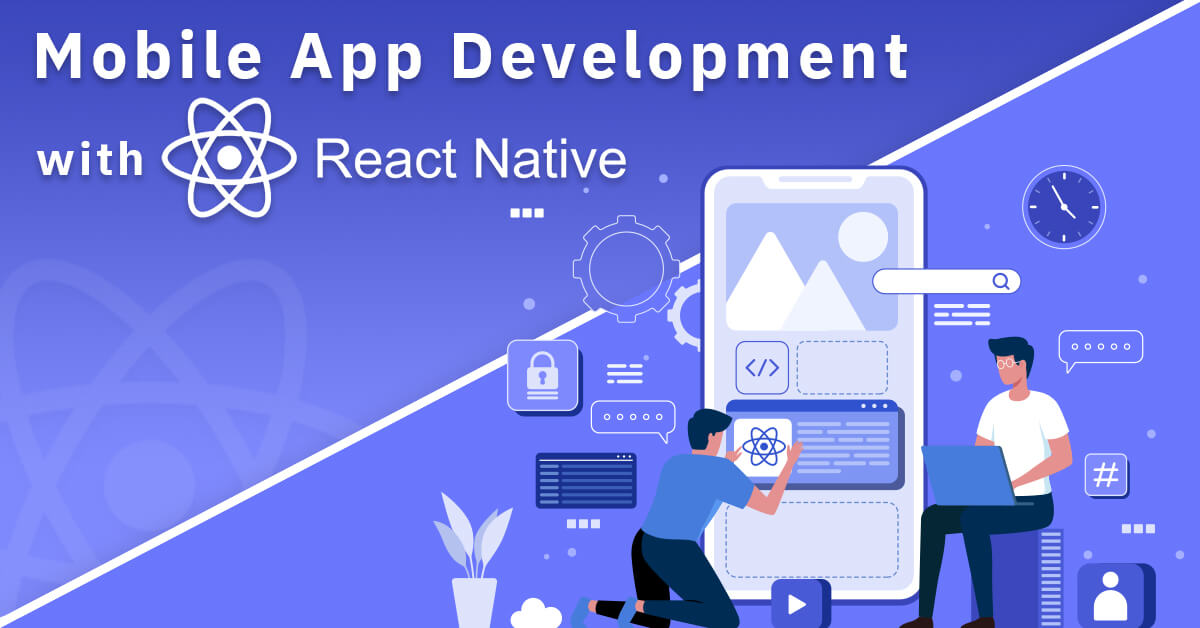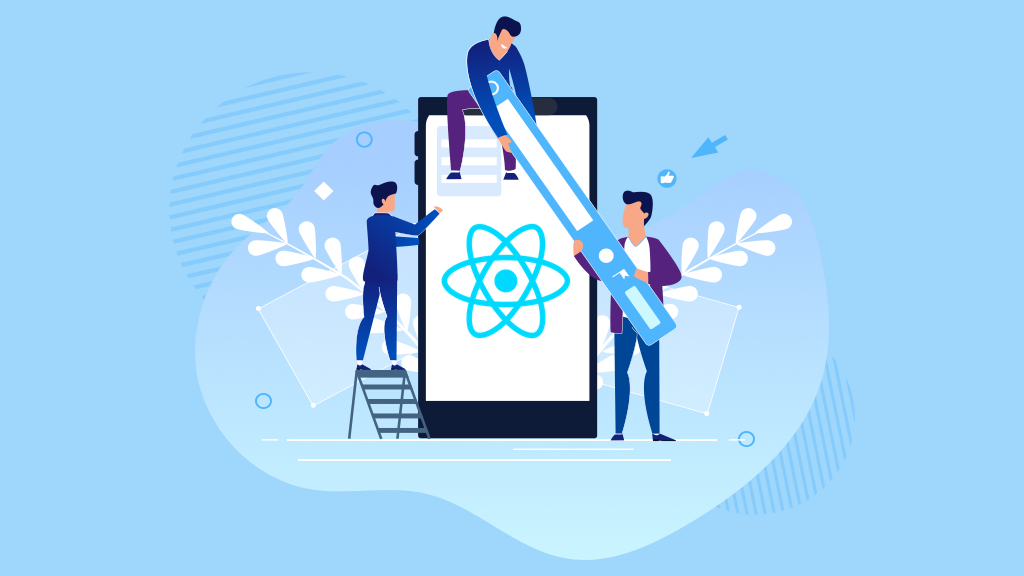Master React Native to unleash the potential of your apps! Dive deep into its features, challenges, and best practices in this comprehensive guide.
In the ever-evolving mobile app landscape, developers face a constant challenge: building apps for multiple platforms while staying efficient. Enter React Native—a revolutionary framework that lets you write and deploy one codebase across Android, iOS, and more. This article dives into the world of React Native apps, exploring their essence, key features, and the potential they unlock.
Demystifying React Native App: More Than Just JavaScript

React Native isn’t just another JavaScript framework. It’s a total game-changer! Imagine writing code once and having it seamlessly translate to both Android and iOS platforms. And, although rare, React Native can be used to create web applications as well!
This magic trick is thanks to React Native’s core principle: using JavaScript to build native UI components. Think of it as speaking the language of each platform fluently without the need for separate codebases.
This unified approach brings a plethora of benefits. Developers familiar with React can jump right in, leveraging their existing skills and knowledge. No more learning two languages or wrestling with platform-specific nuances. React Native empowers you to focus on what matters most: crafting exceptional user experiences.
It’s no wonder that big companies use React Native. Some examples of popular React Native apps are Facebook, Microsoft Office, Amazon Kindle, and Pinterest.
5 Key Benefits of React Native Apps

React Native isn’t just about convenience. It’s packed with features that fuel your app’s potential. Here are just a few highlights:
- Write Once, Run Everywhere. As mentioned earlier, React Native can be used for both iOS and Android mobile app development. This not only saves time and resources but also ensures consistency across platforms.
- Native Performance. While built using JavaScript, React Native apps render native UI components, delivering a smooth and performant experience indistinguishable from native apps built from scratch.
- Hot Reloading. Say goodbye to lengthy development cycles! With hot reloading, you can see changes to your code reflected instantly on your device without needing to rebuild or refresh the app. This makes development incredibly iterative and efficient.
- Large Community and Ecosystem. The React Native community is vibrant and ever-growing, offering a vast array of libraries, components, and tools. This wealth of resources empowers you to build virtually any type of app, from simple to-do lists to complex social networking platforms.
- Reduced Development Cost. The ability to write one codebase for multiple platforms significantly reduces development time and cost. As a result, React Native is an attractive option for startups and businesses venturing into mobile app development.
Navigating the Roadblocks: Challenges of Developing React Native Apps

While React Native offers a compelling path to cross-platform app development, it’s not without its challenges. Navigating these hurdles requires awareness and strategic planning. Here are some key points to consider:
- Platform-specific nuances. While the framework aims for a unified experience, platform-specific differences can still creep in. Dealing with native APIs and UI elements can require additional effort, especially when catering to diverse functionalities across platforms.
- Steeper learning curve. Compared to native development, React Native introduces a new set of concepts and tools to master. This initial learning curve can be steeper, especially for developers solely familiar with native languages like Swift or Java.
- Limited third-party libraries. While the ecosystem is rapidly growing, it may not offer the same level of mature and readily available libraries as native development platforms. This can necessitate building custom solutions for certain functionalities.
- Debugging complexities. Debugging issues can be more complex in a cross-platform environment. Identifying the source of a bug might require additional effort as you have to navigate between your JavaScript code and the native platform layers.
However, these challenges can be overcome with careful planning and the right approach. By leveraging community resources, adopting best practices, and utilizing platform-specific APIs strategically, you can build robust and successful React Native apps.
Building Your Dream App: A Guide to React Native Development Process

Crafting Your App Concept
Before diving into code, crystallize your vision. Who are you building for? What problem does your app solve? Is it a sleek productivity tool, a vibrant social platform, or a groundbreaking game? Defining your target audience and app’s purpose lays the foundation for a successful journey.
From Idea to Reality: Development Stage
React Native offers a rich ecosystem of libraries and frameworks to empower your app’s functionality. Popular choices like React Navigation for screen management and Redux for state management can significantly enhance your development experience.
Next, break down your app into bite-sized features. Each will be mapped to a specific screen or module. Also, don’t forget the user interface! Sketch out some wireframes or mockups to visualize the app’s flow and ensure a user-friendly experience.
Connecting to the World: APIs and Integration
Many apps rely on external data and services. If your app interacts with APIs, document their purpose clearly and ensure seamless integration. Remember, a smooth backend translates to a polished user experience.
Testing & Deployment: Making Your App Shine
Rigorous testing is crucial. Employ automated and manual testing strategies to ensure your app functions flawlessly across devices and platforms. Both the App Store and Google Play Store have specific requirements, so research their guidelines before deployment.
Monetization: Fueling Your App’s Journey (Optional)
If you envision your app generating revenue, consider different monetization models like in-app purchases, subscriptions, or advertising. Carefully research your target audience and choose a model that aligns with their expectations and your app’s value proposition.
Remember, this is just the beginning. A successful app requires ongoing updates, bug fixes, and new features. Embrace a growth mindset, gather user feedback, and continuously iterate to keep your app relevant and engaging.
Mastering the Craft: React Native Best Practices

To unlock the full potential of React Native and mitigate its challenges, embracing best practices is crucial. Here are some key guidelines to follow:
- Focus on Core Components. Prioritize writing reusable React Native components that form the core logic of your app. This maximizes code reuse and simplifies maintenance across platforms.
- Leverage Community Libraries. Don’t reinvent the wheel! Utilize well-maintained community libraries and components to address common functionalities. This saves time and ensures compatibility across platforms.
- Embrace Platform-Specifics. When necessary, don’t shy away from writing platform-specific code for optimal performance and UI/UX. Use native modules and APIs strategically to enhance the user experience.
- Test Rigorously. Implement a comprehensive testing strategy covering both the JavaScript code and the native layers. This helps identify and resolve issues early on in the development process.
- Stay Updated. The React Native community and ecosystem are constantly evolving. Keep yourself updated with the latest advancements and best practices to ensure your app remains optimal and secure.
By following these best practices, you can navigate the complexities of React Native and build high-quality, performant apps that delight users across multiple platforms. Remember, mastering the nuances and embracing best practices are key to unlocking the true potential of this revolutionary framework.
Unleash the Power of Mobile Apps with React Native and Golden Owl

React Native has opened a doorway to a world of cross-platform app development, brimming with possibilities. However, navigating this exciting landscape requires the right partner—a team of skilled developers who understand the intricacies of the framework and can translate your vision into reality.
That’s where Golden Owl steps in. We are a premier software development company that offers React Native app development services. Our team of experts possesses the deep technical knowledge and practical experience to craft beautiful, high-performing React Native apps that run seamlessly across Android, iOS, and beyond.
So, why wait? Embrace the power of React Native with Golden Owl as your trusted partner. Let us write your code once and help it run everywhere, seamlessly and flawlessly. Book your free consultant today to explore how we can bring your app vision to life.





















